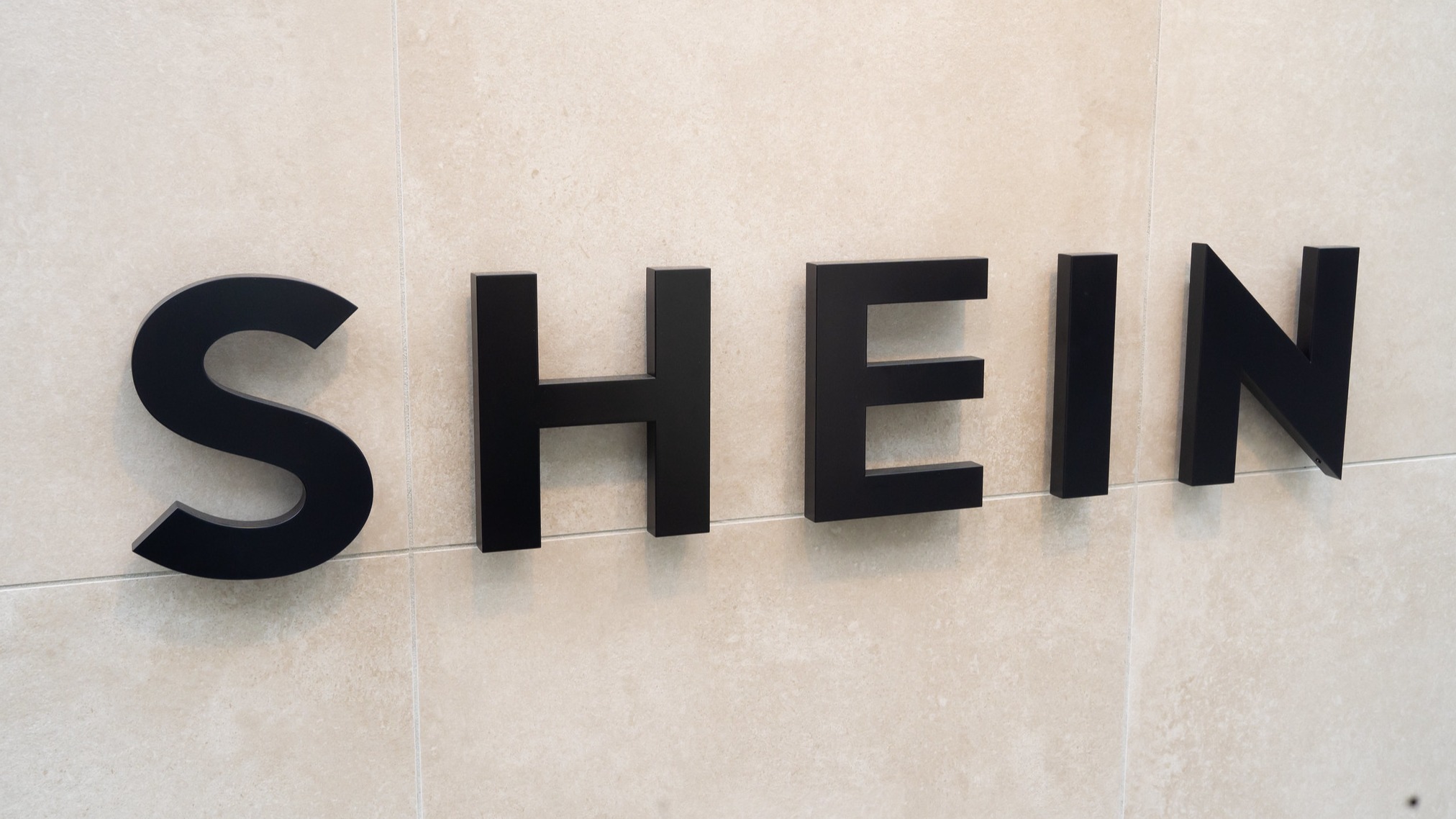
Forward-looking retailers are using this opportunity to develop and update their online and e-commerce presence. They’re not doing this just to survive the now, but also to leave the pandemic stronger than they went into it.
The unsung hero of this accelerated evolution? Digital asset management (DAM) solutions.
DAM on the front lines: marketing
Maintaining a strong, consistent message and brand—in person, online, in print and out-of-home—is essential to maintaining existing customers’ ties to your organisation while their usual interaction habits are disrupted.
With an increasing number of sales coming from outside the physical shop, retailers also see a higher volume of digital collateral, rich media, user-generated content and (for many) localisation challenges. DAM can be integrated with a wide variety of solutions such as CMS, CDN and PIM to dynamically deliver content as required, and staff can use metadata to efficiently sort, discover and verify the legal licensing of content.
DAM online: e-commerce
As retailers expand their online sales presence, the people doing the selling—now e-commerce merchandisers and support staff instead of shop assistants—might never handle the physical products themselves. As a result, it’s essential that a single source of truth exists with verified, up-to-date images, manuals and other support information for what’s currently rolling off production lines or shipping out of warehouses.
A DAM solution can surface what people need, when they need it. And other users in the company can update that content to new versions without requiring any action by the e-commerce team. The DAM feed simply serves up the replacement content.
DAM holding up the backend: manufacturing and operations
DAM isn’t just for marketing. Retailers sell physical things, after all, and that means logistics and manufacturing are integral to doing business. Major brands can handle tens of thousands of products, all requiring a blend of unique supporting media, as well as content that can be reused across product lines.
Keeping track of what’s associated with each product or group of products is the perfect job for a DAM solution. Retailers can also use DAM to manage assets related to items they don’t sell (sometimes called GNFR: goods not for resale), like shop fittings, staff equipment and décor.
Key DAM uses in this context include managing assets like cutter guides for packaging design, 3D models of buildings for property management and pictures of shelving fixtures for ordering. DAM solutions excel in serving up atomised content like logos, seals and product images to be mixed and matched, as well as multi-language assets for different distribution chains. Right now, with stakeholders working from their homes rather than in the same office, DAM has also become a useful tool for remote sample assessment and approvals.
One DAM solution for everyone
Digital assets are an important aspect for every part of a retail business, but it’s easy for competing, disconnected DAM systems to proliferate. The more independent databases you’ve got lying about, the easier it is for content to go missing, miss being updated in line with major shifts or be needlessly rebuilt. Redundant copies might be stored again and again, further complicating version control and eating up storage. What you need is one DAM solution that does it all.
That raises a problem, though: not everyone uses DAM in the same way. A database of manufacturing models and specifications is of no use to your PR team. The web team doesn’t need access to print files for onsite endcap displays. None of these groups needs access to your warehouse’s security footage.
With a solution this important, “one size fits all” can easily turn into “one size fits no one.” A DAM solution should be partitionable, easy to personalise to suit each department’s needs and usable in a “headless” configuration behind other key workflow solutions and business tools.
Learn more about OpenText Media Management.



.png)

.jpg)





Recent Stories